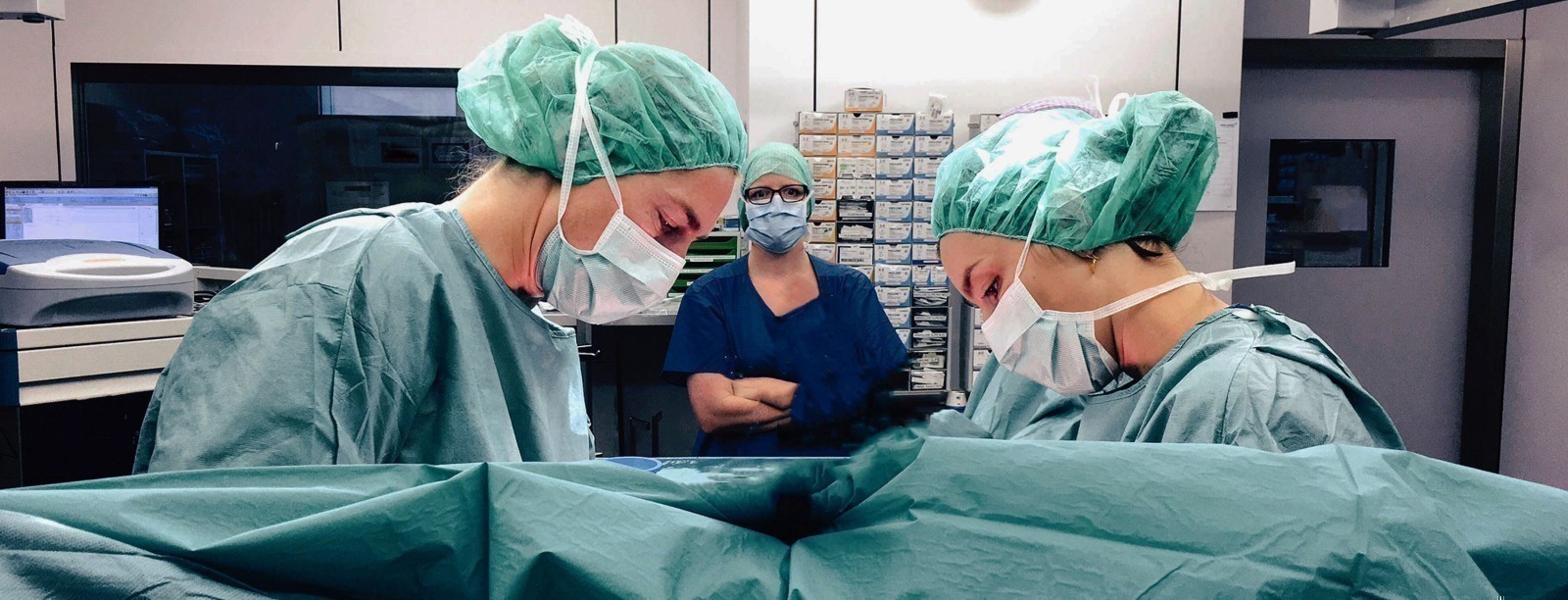
Sterilization (ligation) of the woman
During sterilization, both fallopian tubes are blocked or cut. As a result, the egg and sperm can no longer come together. Fertilization is therefore no longer possible.
In addition to temporary methods of contraception - such as the pill, IUDs, condoms - there are also surgical procedures that permanently prevent pregnancy. In this case, permanent infertility is induced with the help of an operation. This procedure can be performed on both women and men. Sexual life is not restricted by sterilization. Neither hormone production nor sexual desire is affected.
In women, after each ovulation, the fertilizable egg travels from one of the two ovaries via one of the two fallopian tubes to the uterus. After unprotected sexual intercourse, sperm move toward the fallopian tube - the site of fertilization. In order to prevent the egg and sperm from meeting, the passage of the fallopian tubes is interrupted during ligation. This is done either by removing a part of each fallopian tube and then ligating the ends of the fallopian tubes or clamping the fallopian tubes with titanium or plastic clips, or by electrocoagulation (sclerotherapy using electricity).
The surgical access is made through small incisions in the abdominal wall, through which special instruments and a small camera are introduced into the abdominal cavity (laparoscopy). The procedure is usually performed on an outpatient basis under general anesthesia.
Refertilization is an attempt to surgically reopen the fallopian tubes. Tubal ligation should be well-considered and the woman's family planning should be completed, as successful refertilization and pregnancy cannot be guaranteed.
The decision to undergo tubal ligation should be very well considered by the affected woman. The following points should be well thought through:
- Have you already completed your family planning?
- Are you already older than 25 years?
- Do you already have children?
- Is tubal ligation your own decision?
- Have other long-term contraceptives been tried? (Copper or hormonal IUD)